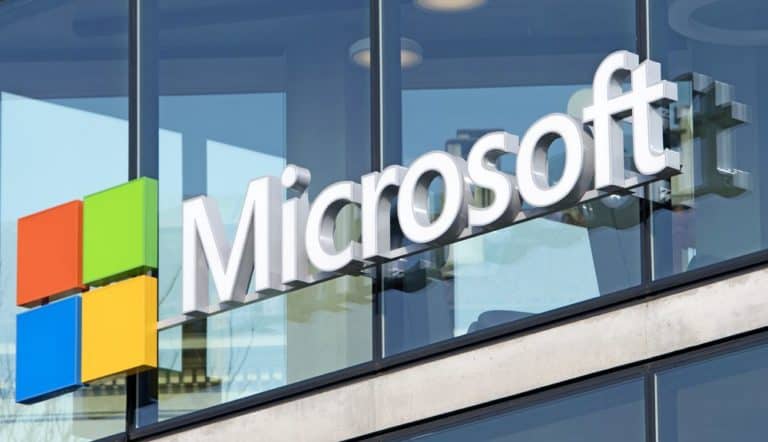Microsoft has announced that Windows Virtual Desktop is now generally available worldwide. Windows Virtual Desktop offers Windows 10 virtualization and multi-session Windows 10 capabilities. There is also support for Windows Server RDS desktop and apps. The service is now available for Windows, Android, Mac, iOS and HTML 5.
Windows Virtual Desktop was announced last year and has been in public preview since March this year. Now the service is ready for general availability, writes ZDNet.
Windows Virtual Desktop lets users virtualize Windows 7 and Windows 10, as well as Office 365 ProPlus apps and third-party apps, by remotely running them in Azure virtual machines.
Microsoft also allows users to virtualize Windows 7 desktops with the service, with free Extended Security Update support until January 2023. This means that customers who purchase a Windows Virtual Desktop license will continue to receive free security updates for Windows 7, even after Microsoft officially stops supporting them on January 14, 2020.
To the cloud
According to Brad Anderson, Corporate Vice President of Microsoft 365, virtual desktop infrastructure (VDI) is one of the top ten workloads on-premise. “Companies want to move this to the cloud. And WVD is really the only way to run real Windows 10 clients, multiuser, in the public cloud.”
Windows Virtual Desktop is directly available through Microsoft itself, as well as through the company’s Cloud Service Providers and partners. The solution is also available via Citrix and Vmware, for example.
Microsoft spokespeople also announced that at the Ignite conference at the beginning of November, the company will talk about partners’ storage solutions that are suitable for the Windows Virtual desktop.
Next generation possibilities
During Ignite, Microsoft will also talk about next generation possibilities for Windows Virtual Desktop. For example, there should soon be support in preview for his Teams group treasure product, which reduces latency problems. The preview technology for Windows Virtual Desktop support, which WebRTC uses, must be built directly into Teams.
In addition, the company will then share more information about App Attach, which it designs for Windows Virtual Desktop. App Attach allows MSIX-packaged applications to be stored outside of a virtual machine, so any application can add itself when a user needs it.
Support for MSIX App Attach is expected to be added to Windows 10 20H1. Insider testers should soon receive a preview of the technology as part of a test-build of Windows 10.
